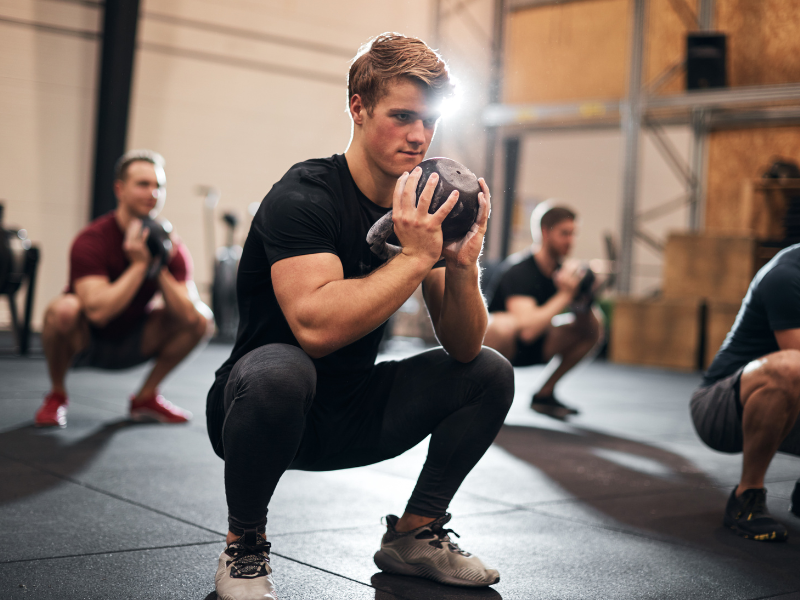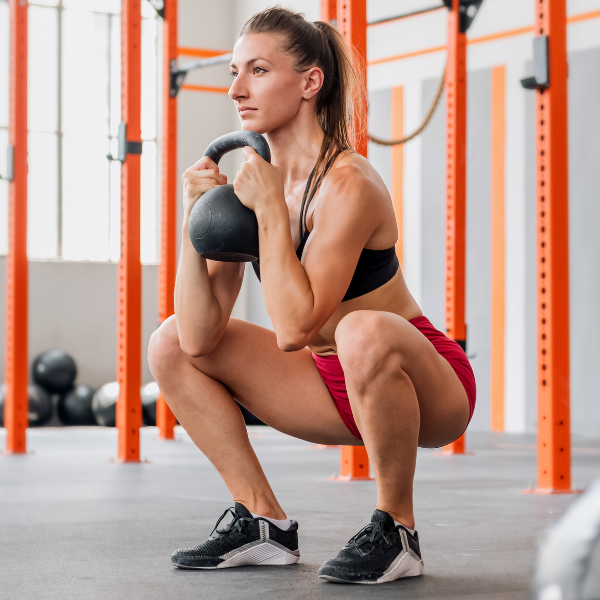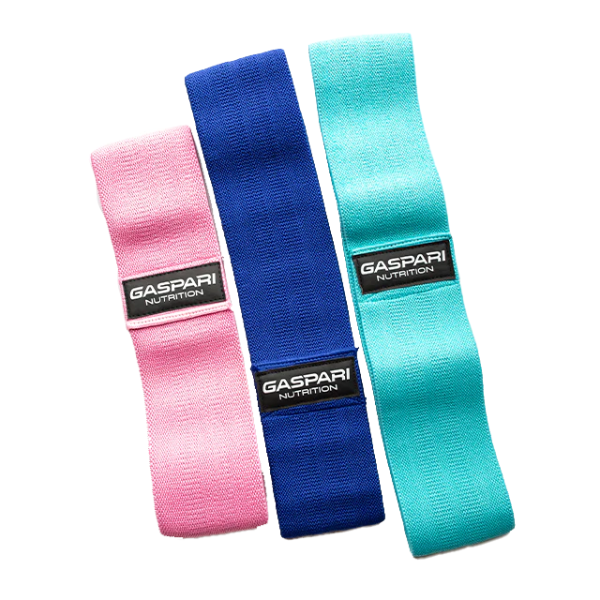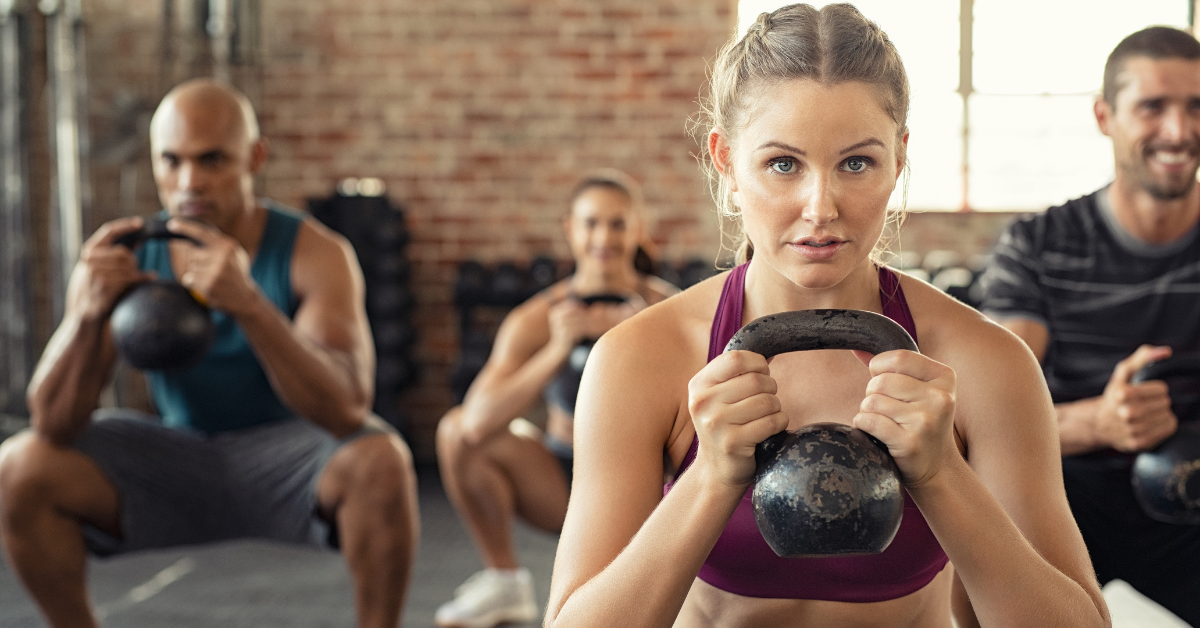As fitness enthusiasts, Gaspari Nutrition prioritizes foundational exercises for strength and stability. The goblet squat is one such exercise that targets major lower body muscles while improving posture and mobility.
Discover how mastering its form can yield optimal results, regardless of your fitness level.
Understanding Goblet Squats and Their Benefits
Done correctly, goblet squats can pack a punch in your workout regime. Known for their simplicity and effectiveness, they serve as a full-body exercise that primarily strengthens the lower body while offering many other benefits.
Strengthening Lower Body Muscles
Goblet squats are a powerhouse for building lower body muscle. They effectively engage the quadriceps, hamstrings, glutes, and calves, providing a thorough workout for all the key leg muscles.
Grasping the weight at chest level introduces a unique, front-loaded resistance that challenges muscles differently from traditional back squats for a stronger lower body.
Improving Posture and Core Stability
The goblet squat comes with a standout benefit: it's a boon for your posture and core strength.
Holding the weight at your chest encourages an upright torso and straight spine, avoiding the forward lean common in back squats. Goblet squats target the legs and engage the core, particularly the abdominal muscles, strengthening your midsection and improving posture for daily activities and athletic activity.
Enhancing Mobility and Flexibility
Goblet squats work to enhance mobility by promoting wider movement in the hips, knees, and ankles. Practicing the deep squat position regularly improves flexibility, making it great for enhancing movement and preventing injuries.
Proper Goblet Squat Technique

To reap the full benefits of the goblet squat, you must execute the movement with precision. Proper technique ensures you engage the intended muscle groups and minimizes the risk of injury. Let's walk through the correct form, step by step.
Step-by-Step Guide to Goblet Squats
-
Starting Position: Begin standing with feet wider than hip-width, toes angled slightly outward.
-
The Goblet Grip: Pick up a kettlebell or dumbbell and hold it against your chest, just below your chin. Keep your elbows pointed down.
-
Engage Your Core: Brace your core muscles to prepare for the movement, keeping your chest tall and shoulders back.
-
Descend: Initiate the squat by sending your hips back and bending your knees, lowering your body as though you're sitting back in a chair.
-
Depth: Descend into a squat, lowering your body until your thighs are at least parallel to the floor or going deeper if your range of motion permits.
-
The Ascent: Push through your heels to return to the starting position, holding the weight near your torso as you stand.
Goblet squats prioritize form and range of motion over lifting heavy weights.
Common Mistakes to Avoid
Avoiding these common goblet squat mistakes will help you perform goblet squats with proper form and maximize their effectiveness:
-
Leaning Forward: Resist the urge to lean forward from the waist. Keep your torso upright to engage the core and protect your lower back.
-
Heels Lifting: Stay grounded. If your heels lift off the floor, it could indicate tight ankles or an imbalance in muscle strength.
-
Knees Caving: Keep your knees pressing out to prevent them from buckling inward. This helps maintain knee health and proper alignment.
-
Partial Squats: Don't cheat the depth. Go as low as you can to engage the full range of muscle groups.
-
Improper Weight Handling: For safe lifting, hug the weight tight to your chest. Extending it away from your body can throw off your balance and strain your arms.
Goblet Squat Variations for Different Fitness Goals
Goblet squats can be tailored to target specific muscle groups or to meet various fitness objectives. Here are a couple of variations to consider.
Sumo Goblet Squats for Glute Activation

To shift the focus more towards your glutes, try the sumo goblet squat:
-
Wide Stance: Begin with your feet in a wide stance, toes pointing outward.
-
Squat Down: Lower your body, keeping your back straight and your chest up.
-
Glute Focus: Push through your heels to rise, squeezing your glutes at the top of the movement.
This variation increases glute activation due to the wider stance and outward toe angle.
Incorporating Resistance Bands: Gaspari Nutrition Booty Band

Incorporate a Gaspari Nutrition Booty Band into the squat for an added challenge and increased muscle activation. These bands are versatile and space-saving, and each set has three levels of resistance. Here's how to use them for goblet squats:
-
Place the Band: Wrap the Gaspari resistance band snugly around both thighs right above the knees.
-
Perform the Goblet Squat: Execute the goblet squat as usual, with the band providing additional resistance.
-
Keep Tension: Make sure to press against the band throughout the movement to keep tension on your glutes and thighs.
Using a Gaspari Booty Band can help ensure proper knee tracking and enhance muscle engagement.
Goblet Squat FAQ
How often should I perform goblet squats?
The frequency of goblet squats varies based on your goals and workout intensity. For strength and muscle building, aim for 2-3 sessions weekly on alternate days to allow ample recovery. Listen to your body, prioritize rest, and avoid overtraining for optimal results.
Can goblet squats help improve my upper body strength?
Yes! Although goblet squats focus on the lower body, they also engage the upper body. Holding the weight in front activates the upper back, shoulders, and arms.
Are goblet squats suitable for beginners?
Absolutely, goblet squats are an excellent exercise for beginners. The front-loaded position of the weight helps maintain an upright torso, making it easier to achieve proper form. Begin with light weights or just your body weight to perfect your form before advancing.













































































Share:
High Intensity Training: Unlocking Muscle Growth through Strategic Failure
Whey vs. Egg Protein: Unveiling the Optimal Choice for Athletes' Muscle Building